Scenic Cederberg Wilderness Rock Art and Caves
Clanwilliam – Western Cape – South Africa
Captivated by the Rock formations, caves and beautiful scenery in the Cederberg Mountains
A coarse strip of gravel leads us deeper into the picturesque Cederberg Mountains. Along the way the impressive Clanwilliam Dam patiently waits in the valley as a life source for the orchards we pass, bearing the remains of winter’s citrus fruits.
We follow the curvature of the road over the hills and valleys into the wilderness and as each kilometre goes by the scenery is increasingly irresistible. We do not need much enticing from the bright splashes of colour to venture deeper into the gorge between the embracing giant of a mountain where rock art and caves hide.
To the Cederberg Mountains
Striking rock formations in the Cederberg
Camping at Algeria Campsite
Our destination is Algeria, within the Cape Nature Reserve where we will spend two nights. In hindsight, it is far too short. The Cederberg was one of our goals on our memorable road trip to the Northern Cape, the Western Cape and the Karoo.
Orchards and mountains in the Cederberg
Splashes of lilac
Brightest of yellow
At the office we produce our All-Cluster Wild Card which allows us access into the reserve. Accommodation is extra and we pay for our campsite.
The camping grounds are terraced and we can choose a site on either side of the river. The section before the drift is saturated after some rains so we opt for the other side.
Crossing the river at Algeria Campsite in the Cederberg
We negotiate the narrow but shallow cascade over the causeway. On a hot summer’s day the cool river will be most inviting for a swim. Tall trees tower above us and we find a less shady spot but with a magnificent view of the mountains. A great place to park our caravan.
Isn’t that a great view?
This view isn’t too bad either
We set up camp and walk around to familiarise ourselves with the place. Dusk, then darkness arrives early between the mountains and we settle down for a peaceful if somewhat icy evening. A civet cat quietly creeps up and sits on the seat of the picnic table at our site, eager to be our guest at the dinner table while I cook outside on our gas stove but changes his mind then quickly melts into the darkness before I can show him to Paul.
The start of one of the hikes to the waterfall
The night is quiet apart from a few insect noises with not a single sound of traffic. My kind of place.
The following day our mission is to go to the Stadsaal – translated means Town Hall. Nature was the architect as it gouged and carved caverns, pillars, vaults and arches in the sandstone creating interesting rock formations. The caves played an important part in South African history.
Before I forget, to reassure you, you don’t have to get your feet wet at Algeria when you need to cross the river - there is a foot bridge that will take you to the other side.
Algeria campsite down in the valley where the big trees are
Please note:
“Algeria campsite will be closed from 18 October 2021 to 31 March 2022 for necessary infrastructure improvements to ensure health and safety compliance. We look forward to welcoming you to an even better camping experience at this popular campsite in April next year. ”
Deeper into the wilderness
Cederberg Mountains
We wake to a beautiful day, ideal to be out in nature. After breakfast we drive to the caves which are just over 30 kilometres away, deeper into and on top of the mountains that must be close on five hundred million years old. The journey should take us about 50 minutes but we linger at endless breath-taking vistas and stop at viewpoints to feast our eyes and snap a few shots.
A valley - high up on the mountain
There are some dangerous corners with no railings and steep drop offs in places so we try to stay alert and not be distracted too much by the beautiful scenery whilst driving with caution.
The Stadsaal Caves and Rock art are situated high on a plateau-like valley in the central Cederberg within the Matjiesfontein Nature Reserve. They are accessed through a gate with a combination lock. The code is given to you when you purchase your permit.
Matjiesriver Nature Reserve
Stadsaal San Rock art of elephants and Khoisan people
Our first stop is at the rock art, a national heritage. The cluster of sandstone rocks have been eroded by wind, water and sand for millions of years but the Bushmen paintings are still there. A few rocky steps take us up to the rock art where we see images of three rows of people facing a group of elephants. This is most likely an illustration of a San ritual as there are no paintings of hunting equipment.
The San (Bushmen or Khoisan) paintings possibly date back 5000 years ago and we are fortunate to appreciate this special place for a few minutes on our own before other tourists arrive. It is time to move on to the caves.
San Rock Art in the Cederberg at Stadsaal
Rock kestrel above the rock art paintings
Road leading to the rocks at Stadsaal caves from the bushmen painting area
Stadsaal Caves
Not far, roughly a few hundred metres from the rock art, are the caves which were used as a gathering place in newer history as well as in forgotten history. Some of the more recent historical graffiti dates back from the 1880’s up till 1948. The political party that governed South Africa from that year held meetings at the Stadsaal (Town Hall) Cave, hence its name.
Unfortunately there is current, unnecessary and illegal graffiti on the walls too. Nevertheless the rock formations and caves are impressive. A trail takes you from the parking area around the entire rocky outcrop till it leads you back to where you started. If you walk around at a leisurely pace it can take you as little as 30 minutes or as long as a day. We amble slowly, absorbing this natural wonder and admiring the striking rock formations.
Stadsaal Cave rocks
Caves, pillars and arches
Erosion of rocks over time in the Cederberg
As we leave the cluster of rocks and reach the parking area a group of tourists arrive in a small bus. I recognise the voice of a renowned and soft on the eye South African singer, Gerrie Pretorius, who’s other claim to fame is being a tour guide at Leef jou Reis (Live your Journey).
He is shepherding a group of ladies from the tour group to a safer spot before one of them gets knocked over by another vehicle. Such a gentleman and the ladies love him! I consider having a selfie taken with him but think it best to leave him to sort out his immediate and more pressing issues.
Sandstone rocks
Paul recollects time spent in the area in his youth. Camping with his family at Algeria as well, visiting Stadsaal and hiking with his dad in the Cederberg. They took a ‘detour’ which took longer than anticipated. The rest of the family were concerned when they had been gone for a long time and were very close to arranging a search party to look for them. Fortunately it was not necessary, because they found their way back to the campsite.
Beautiful ochre and fawn colours
About the Cederberg
In 1973 the Cederberg was declared a Wilderness Area. The mountain range is named after the endangered and endemic Clanwilliam cedar, the Widdringtonia cedarbergensis. The Cedar tree grows at an altitude of over 1500 metres and is extremely rare therefore protected with only isolated trees in very high, remote areas.
Caves at Stadsaal in the Cederberg
A UNESCO World Heritage Site, the Cederberg forms part of the Cape Floral Region. Mountain fynbos, the red Disa, Rooibos, the endemic snow protea and the laurel protea are found here too.
Amber, fawn and brown rocks form rugged formations caused by iron oxide and are worth seeing in the spectacular and scenic mountainous landscape. The Maltese Cross and the Wolfberg Arch as well as the Stadsaal are popular amongst tourists and hikers as well as rock-climbing enthusiasts.
Stadsaal Rocks
Although not renowned for seeing great numbers of wildlife, the area is rich in fauna as well. Small predators like the Cape Fox, bat-eared fox, African wild cat, civet and lynx roam the area. Other common animals to see are baboons, grey rhebok, duiker, klipspringer, grysbok and dassies. Some people might be lucky to see evasive animals such as the Cape clawless otter, the aardvark, the aardwolf, the honey badger and porcupines or even an ever elusive leopard.
Gnarled and weathered
Where are the Cederberg Mountains, Algeria campsite and the Stadsaal Caves?
The Cederberg Mountains and Wilderness Area are in the Western Cape near the town of Clanwilliam, approximately 250 kilometres north of Cape Town. Algeria is approximately 30 kilometres from Clanwilliam. The Stadsaal caves are approximately 30 kilometres from Algeria campsite.
Accommodation in the Cederberg
The main campsite, Algeria, is operated by CapeNature, while others such as Sanddrif, Driehoek, Jamaka and Kromrivier are privately operated.
Other places to stay near Cederberg Wilderness can be found here:
What to do in the Cederberg:
A permit is necessary to enter different sections of the Matjiesfontein Nature Reserve such as Stadsaal, Truitjieskraal and Wolfberg Arch. Our All-Clusters Wild Card gave us free access to Stadsaal but we still needed proof of the permit that we obtained from the office at Algeria. Alternatively one can be purchased from any tourism office in the Cederberg Conservancy.
Eco-tourism is the main objective of the wilderness area where there are nature walks, hikes and rock climbing.
Visit the Stadsaal Caves and rock art paintings
Hike and rock climb at Truitjieskraal, an area and old route used to move stock such as sheep and cattle from winter to summer grazing areas.
Hike to the Wolfberg Arch. The hike starts from Sandrif Holiday Resort or alternatively Dwarsrivier Farm. It is challenging in places and not recommended for young children or unfit people. It can take at least 7 hours or even better over 2 days. A map is recommended and a permit is necessary. Although the path apparently is good, sections of the route is steep. The heat of midday can be quite exhausting too.
An arch at Stadsaal, Cederberg
Bird watch in pristine nature
Mountain Bike on the gravel roads and trails
Wine tasting at Cederberg Wine Cellars
Gaze at the stars in unpolluted air
Taste craft beer at Cederberg Brewery
Learn about Buchu and Rooibos in Clanwilliam
Search for endemic plant species in this Cape Floral Region
Who can spot the head and shoulders peering over the rock?
I think it is worth taking a detour into the Cederberg Mountains and exploring the area, don’t you? I am not ashamed to admit I would not manage the walk up to Wolfberg Arch though!
Pinterest Pin
Let’s get social:
About the author
ALMA VAN AS | ROAMING FOX
Alma is a South African travel blogger and writer. She hopes to inspire you with facts and fables about her adventures, road trips and international travel.
Booking Accommodation
If this article inspires you to travel it would be greatly appreciated if you book your accommodation via the links on this page. Alternatively take a look at my shop page. When you book it will earn us a small commission at no extra cost to you. This will also assist in keeping the Roaming Fox website running.
As always, I appreciate your support. Thanks! – Alma aka Roaming Fox.


























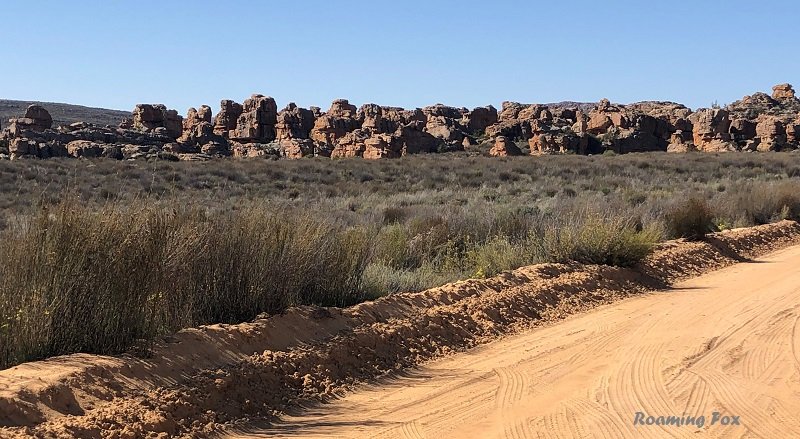


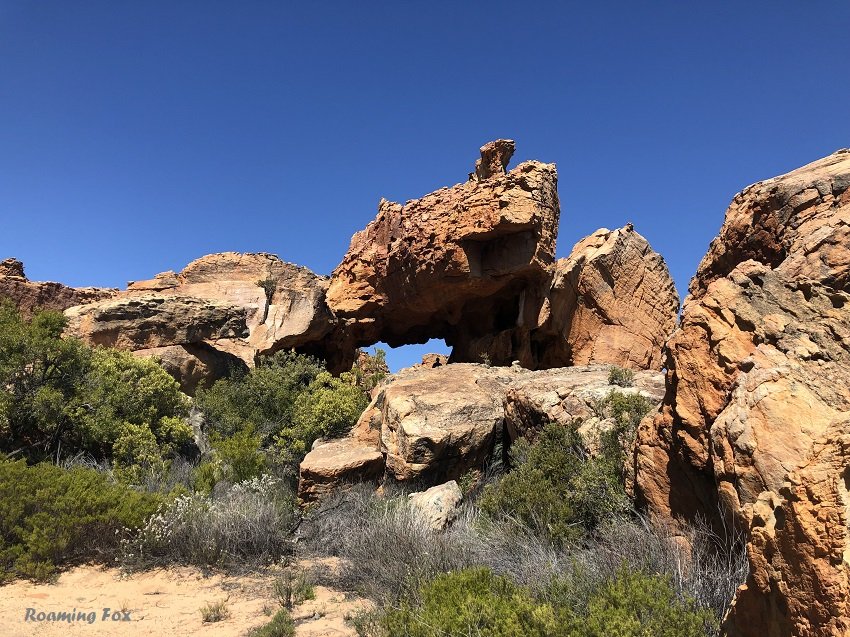






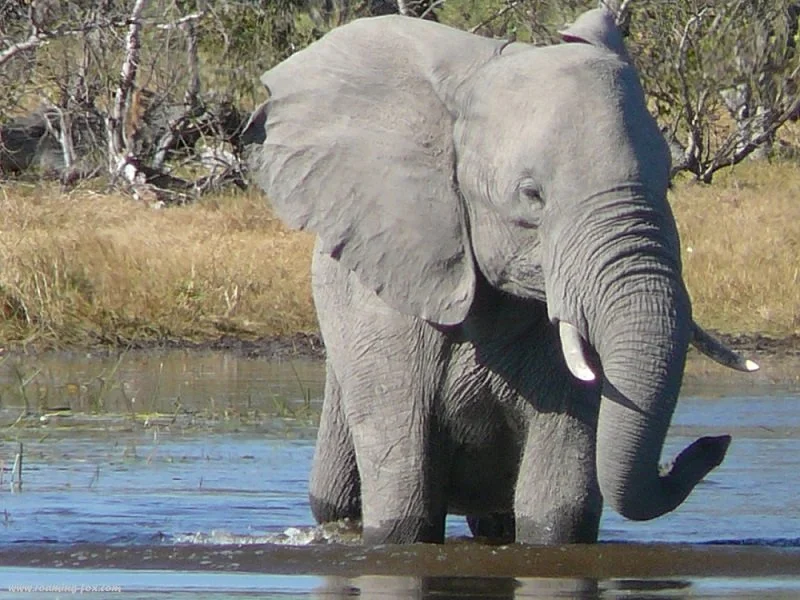
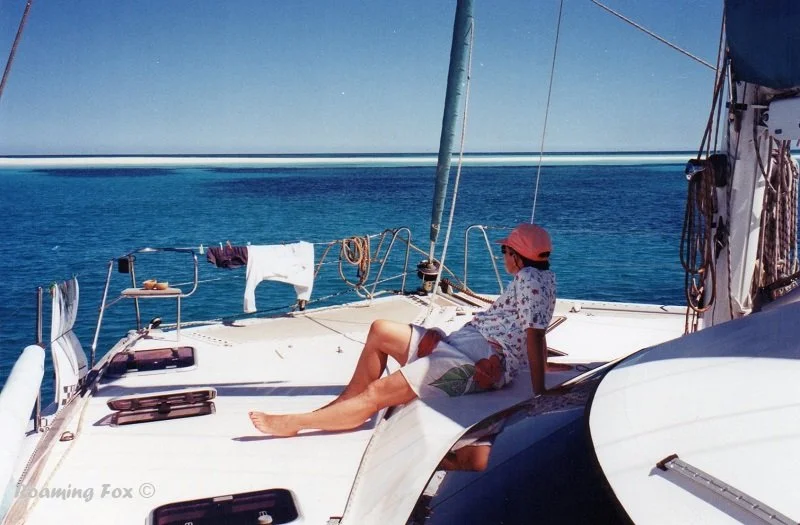

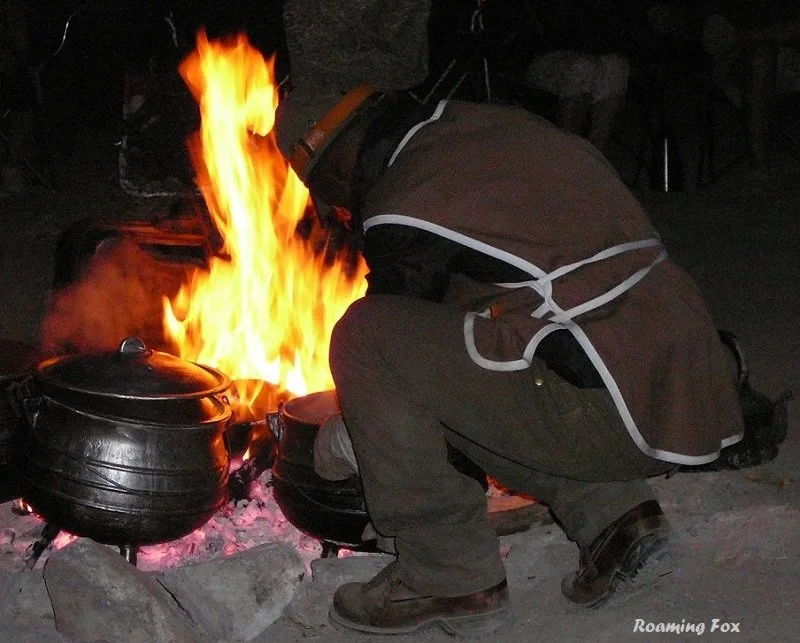





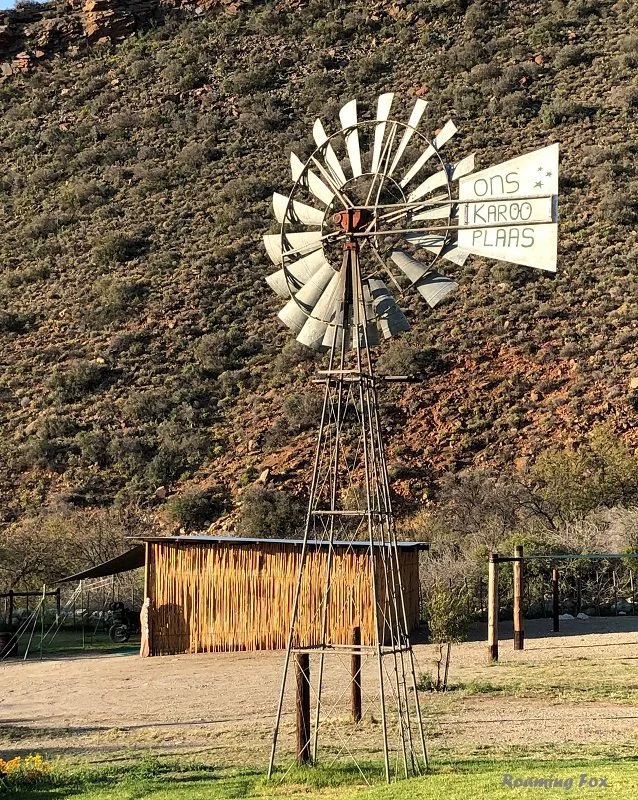


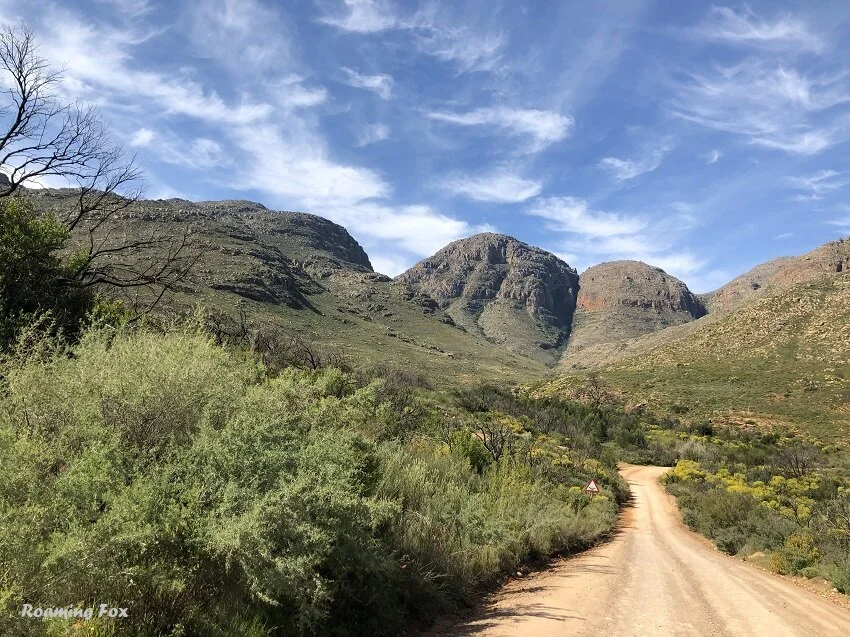
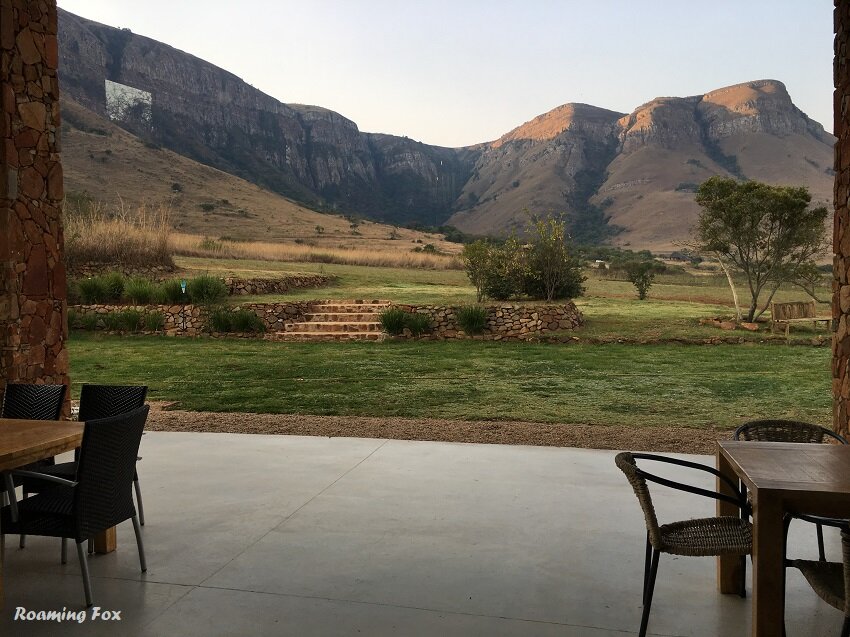




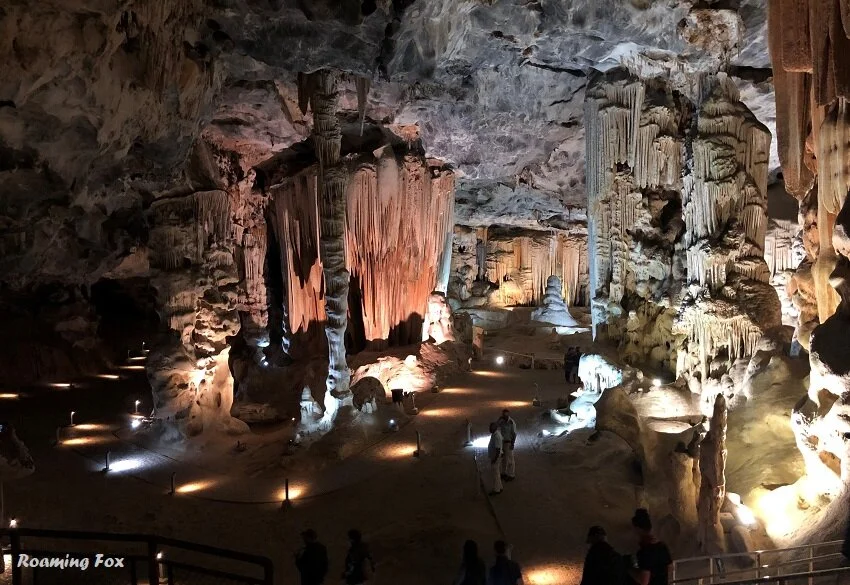

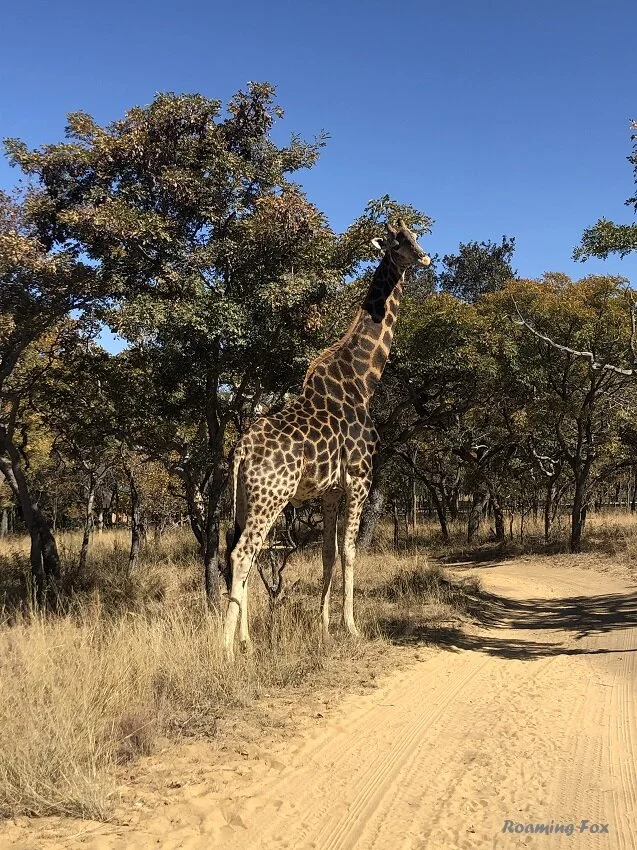
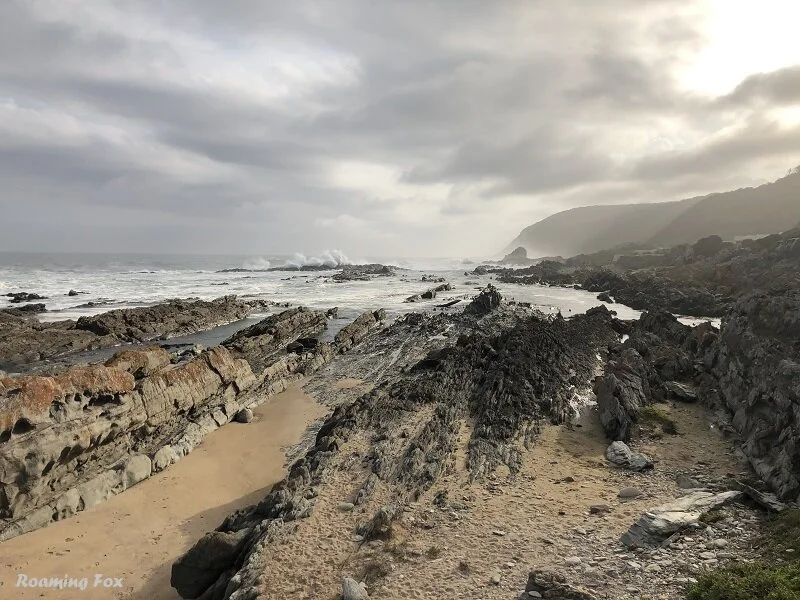
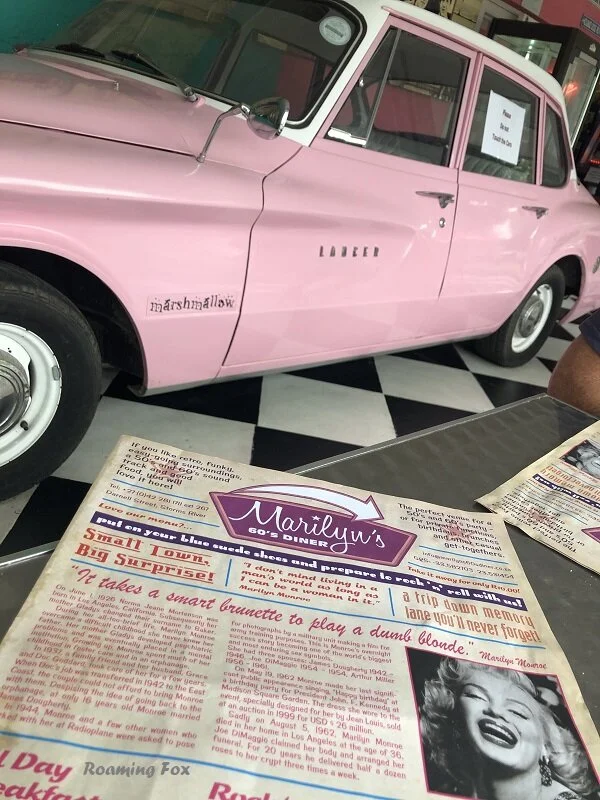
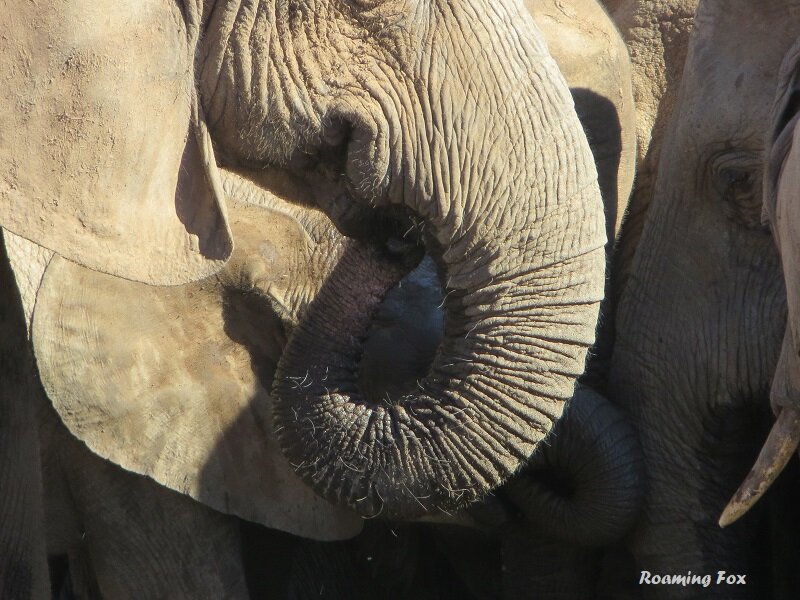

The Best Way to see a country? Take a road trip! Have you ever had that feeling when you hit the open road on your road trip? Freedom. Anticipation. Exhilaration.